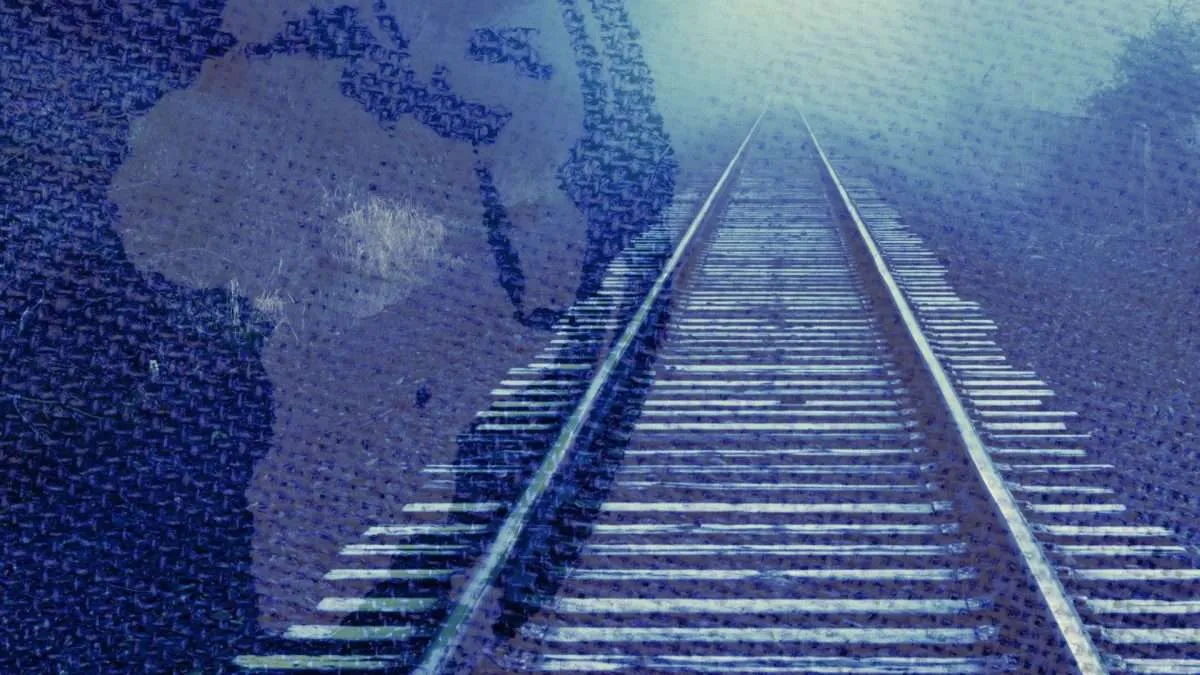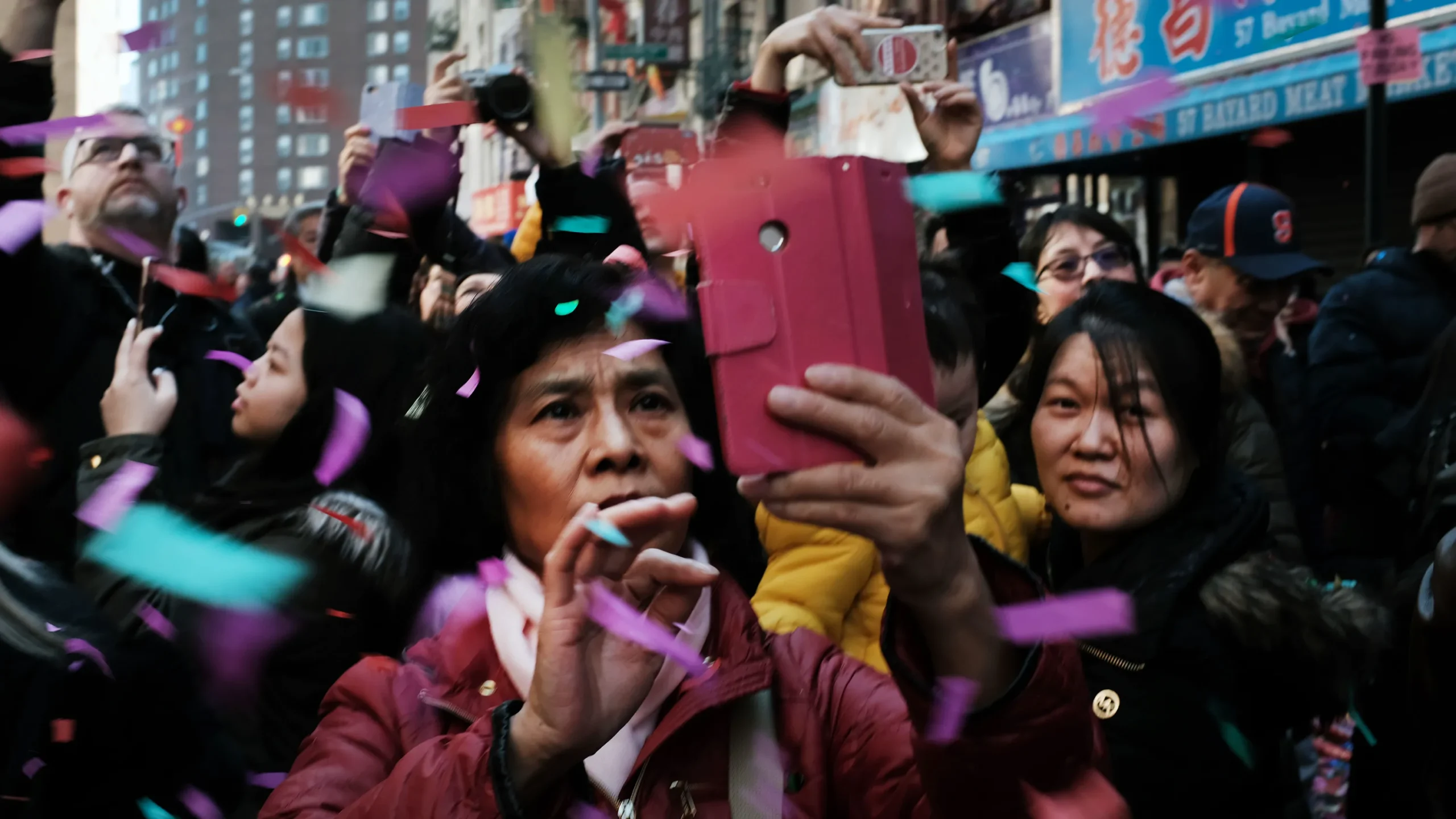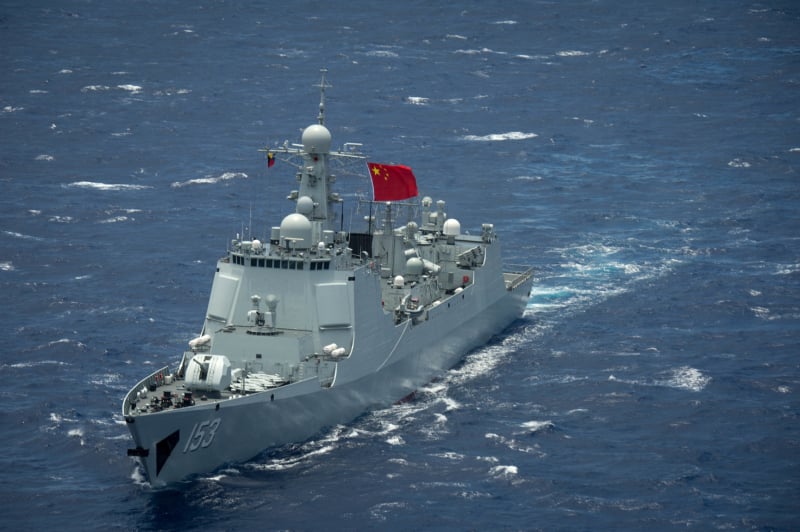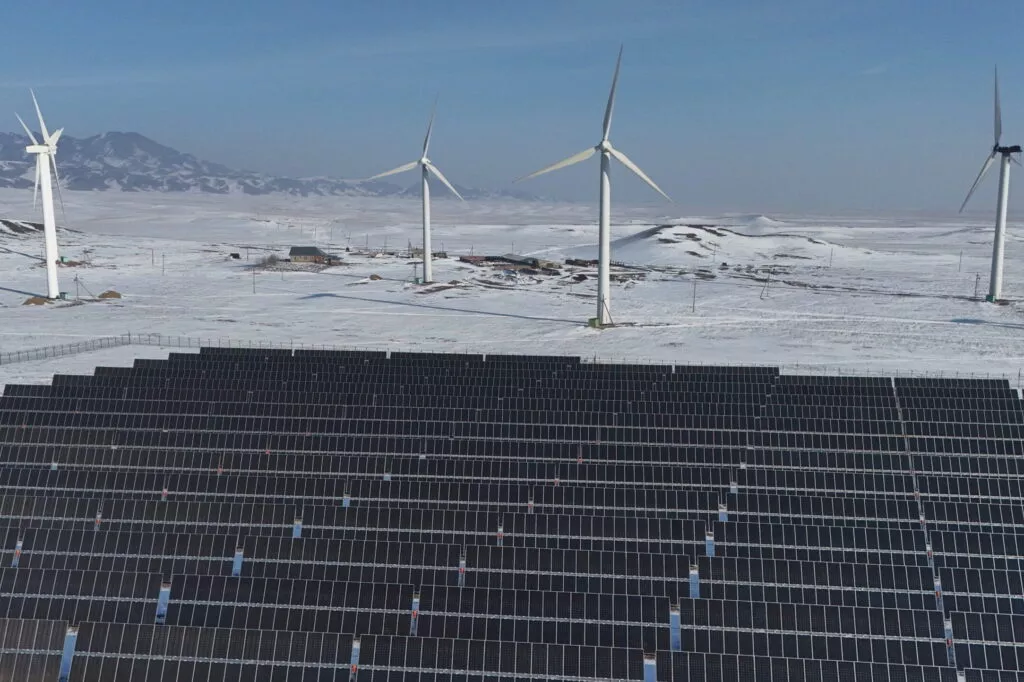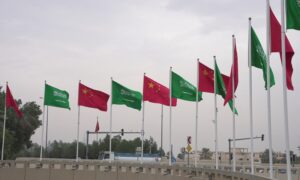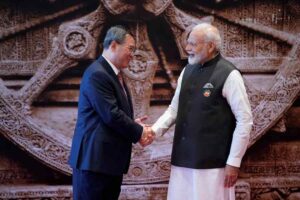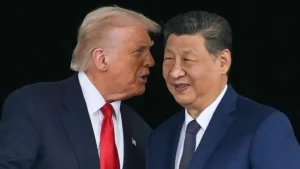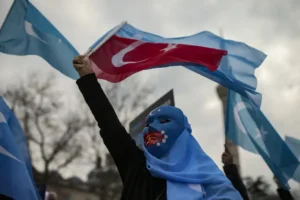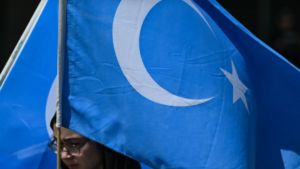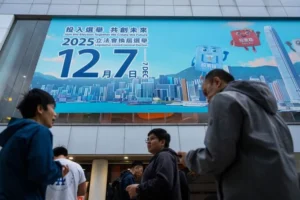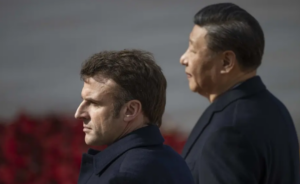The popular Belt and Road Initiative is led by China. (Alright, Kind of.)
For nearly a decade, voices in Washington inside and outside of government have described China’s Belt and Road Initiative (BRI) as a “debt trap.” U.S. officials have publicly warned counterparts in low- and middle-income countries to reconsider borrowing from Beijing to build their infrastructure.
But leaders in these very countries don’t quite agree with the Western consensus on the BRI. Generally speaking, they’re supportive of the venture — though they hold nuanced views of China’s comparative strengths and weaknesses as a development partner.
How the Global South Views China
AidData, a research organization based at William & Mary, surveyed civil society, government, and private sector leaders in 129 countries and autonomous regions. According to results released in March:
- Seventy-nine percent of leaders in low- and middle-income countries said they see China as “actively supporting development in their country.”
- Thirty-eight percent described China as their energy and infrastructure partner of choice — topping every other bilateral and multilateral partner.
- Few, however, see China as a preferred partner when it comes to the environment, governance, or social sector development.
In other words, leaders in these countries know that China can help build physical infrastructure for them in a relatively short time. The Global South includes democracies and electoral autocracies in which leaders, to varying degrees, need to demonstrate achievements to the public within election cycles.
For those needing to build a major road or power plant before the next election, the partner of choice, for electoral considerations alone, is China.
Here’s why:
- The average World Bank project takes 7.4 years to close, according to an assessment by Charles Kenny of the Center for Global Development. That’s several years longer than the typical four or five-year interval between general elections in most countries.
- In contrast, “the average infrastructure project financed with Chinese aid or credit takes approximately three years to complete,” according to an earlier analysis by AidData.
Now, there are plenty of cautionary Belt and Road tales. The cases of Kenya’s Standard Gauge Railway and the China-Pakistan Economic Corridor electric power projects make clear that quicker isn’t always better and China is no altruistic power.
Beijing’s cash often comes with strings attached and unfavorable terms (especially when it comes to arbitration) or is used to buy silence on its abysmal human rights record, including its oppression of the Uyghur Muslims.
But a decade after the BRI’s launch, Global South countries are largely aware of China’s strengths and weaknesses. According to AidData, they see Beijing as “offering better financial terms and fewer policy conditions, but with less transparency, capacity, and quality.”
China too has become more cautious on overseas development financing. As its debtors fall into distress or default, it’s become clear the “debt trap,” in as much as there is one, can work both ways.
It’s a Long Game
The U.S. and its Asian and European allies — the world’s traditional development partners — have struggled to develop an overarching competitor to the Belt and Road.
In a way, that’s good. This is not a zero-sum game. Countries should not be forced to choose between competing geoeconomic blocs. And the West should not throw good money after bad.
Indeed, developing countries have agency in this game of competitive connectivity. Leaders of these countries often make policy choices in their short-term electoral interests, against the advice of their own technical advisors. A railroad project might not be able to generate the necessary freight traffic to repay foreign loans. But its opening could pay political dividends right before a general election. These impulses continue in many countries. And that’s something the West should not indulge.
It’s also important not to get carried away with making headlines. China is the world’s largest bilateral creditor, but the West and its Asian allies are major players in the development aid and financing space through grants and loans offered by bilateral and multilateral agencies, including the Asian Development Bank and the World Bank.
Today, these bodies don’t quite have the brand value that the Belt and Road Initiative has accrued over the past decade — but they do the heavy lifting with grants and concessional financing. (Grants make up a tiny portion of China’s overseas development financing.)
China’s ubiquity in building physical and technical infrastructure abroad will have long-term effects. Roughly 70 percent of Africa’s 4G networks are made of components from Huawei. That has not just immediate implications in terms of espionage, but also could create a path dependence and give Chinese companies an advantage in setting global technical standards.
For the West and China’s Asian rivals, the path forward will require collaborative efforts to push forward projects of strategic value — like the Lobito Corridor, which aims to transport electric vehicle raw materials from landlocked Zambia and the Democratic Republic of the Congo to Angola’s Lobito port on the Atlantic.
In response, China has proposed a revamping of the TAZARA railway, which links Zambia to Tanzania’s Indian Ocean port of Dar es Salaam. TAZARA, completed in the 1970s, was China’s first large-scale overseas infrastructure project and has fallen into disrepair.
China plans to rehabilitate TAZARA through a public-private partnership, a framework it’s increasingly preferred as government-to-government lending through BRI has plummeted. Beijing, too, has learned its own lessons over the decade since the BRI’s launch. And, like everyone else, it is also adapting.
